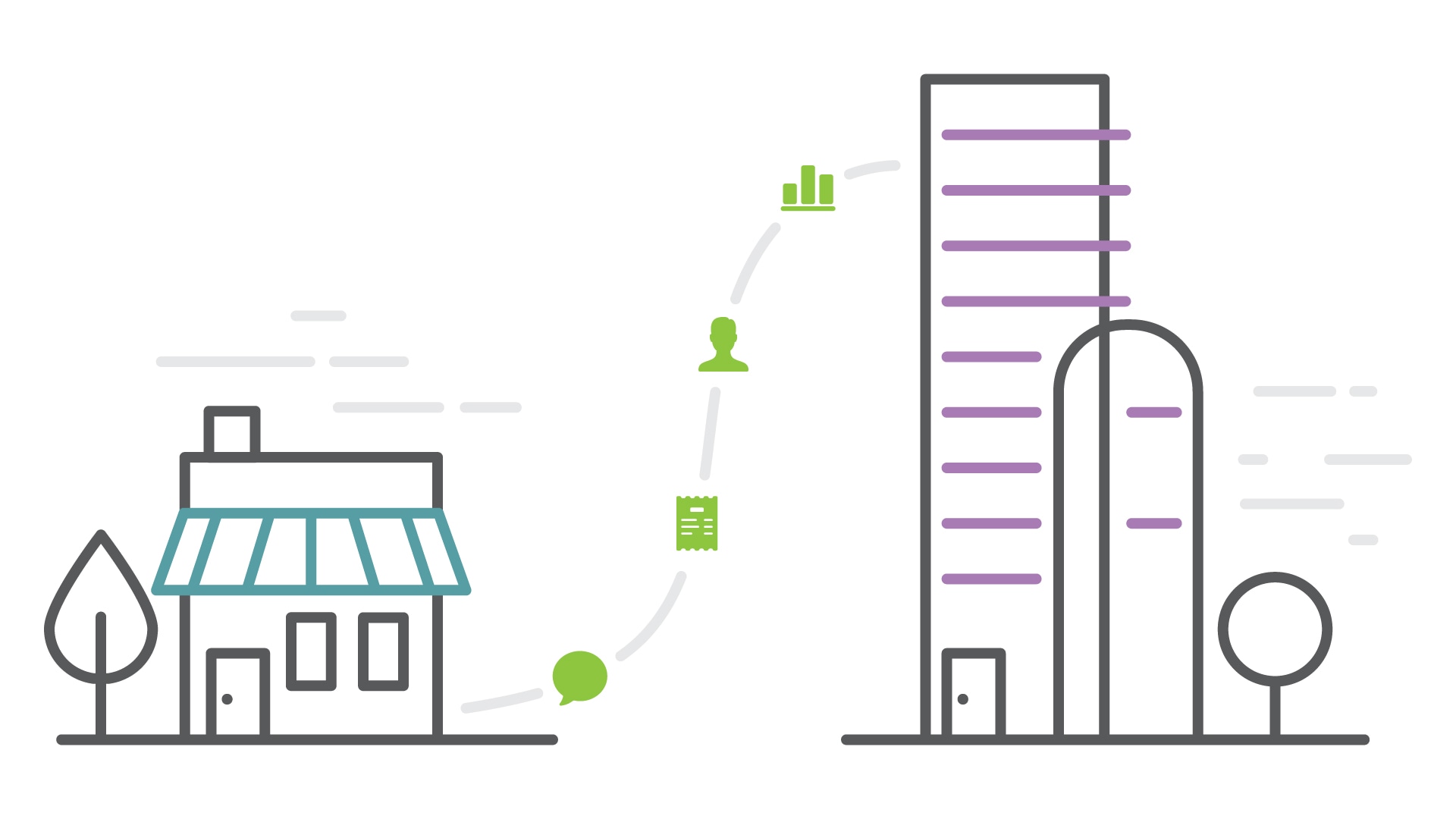Over the years, the Point-of-Sale (POS) has taken on many different faces. At its core, the POS is simply the location where a transaction takes place – and this concept goes back as far as currency. For hundreds of years, the POS was nothing more than a place to exchange goods and services for payment.
As technology advances, so does our understanding of the POS. Whether you have a standard set of terminals and receipt printers in your restaurant, or you are walking around a music festival with an iPhone and Square Magstripe Reader peddling goods to curious listeners, the technology around the Point-of-Sale is changing. With this change, comes updated capabilities of POS systems. Until recently, the singular goal at the time of a transaction was to record that transaction and to provide a record of payment to the consumer.
Today, updated systems provide restaurants and retailers with vital, real-time information about their store. Most current systems incorporate extra features that take care of in-store functions such as inventory control, suppliers and ordering, and customer information. But are these systems working as effectively as they could be? If you look closely, companies like Square are pushing a transition in POS technology, providing time and money saving features to businesses by using predictive technology to drive business – but more on that later.
Craving a Connected Network
Currently, POS systems that operate at scale don’t tend to communicate with a central database, especially in the franchise world. In multi-location businesses, the ability to have POS data archived and easily accessible is crucial. Choosing Square over outdated systems is a simple choice if you’re a one-location boutique, but implementing a new technology system-wide isn’t necessarily an easy option for multi-location businesses.
Let’s imagine a large franchise brand. In many cases, each location is responsible for choosing and configuring their own POS system. This means that each franchisee may have a different brand or slightly different model. Even if all franchisees choose the same POS system, the systems are not connected – they all work individually, without interpreting the data that is collected as a whole.
Now let’s imagine that you work for the corporate office of that same franchise. At the core of a successful franchise business is the ability to understand which products and price points your customers respond to best. These statistics are key in incremental growth. In a standard model, you may find yourself having to wait days, weeks, or even months to gather all the information necessary to make an informed decision on your product offerings. Suppose you request sales data from your franchisees – they then may need to reach out to area or district managers, store managers, or even store employees to generate those reports. By the time you gather this information, it may not even be relevant anymore. It has to be easier than this, right?

Training Your POS to Be Smarter, Without the Hassle
Sooner or later, POS technology will transition to a primarily smart and interlinked system with a cloud database for more intuitive reporting and analytics on a per-location, as well as system-wide, basis. An integrated system will send information collected at each POS back to a central database, so franchisors will be able to draw conclusions from the data, and business owners can learn more about who their customers are and what they like. Do people in Wyoming prefer extra cheese on their sandwiches? Is 8:50 AM the peak time for selling hot beverages? Are customers more likely to come in to a certain location in the morning or afternoon?
As a business owner, you are probably interested in gaining better control of your business through improved reporting features. However, you are also probably aware that the transition between POS systems is a tough one. Swapping them out is hard – it means retraining staff, re-entering inventory, and rebuilding everything from the ground up – a process that can take months. The key to taking a step in the direction of a smarter POS system is choosing a POS-agnostic platform to help you begin gathering your stores transaction data and analytics today, not years from now. Customer data insights are becoming increasingly important in today’s market, and the businesses that begin the transition to a system that enables them to interpret that data will be lightyears ahead of their competition.
Hiring a technology partner that will house your analytical needs enables you to get a sense of what’s coming while planning how to handle the transition to the smarter POS systems of the future. Think of it like hiring a translator. You need to learn to speak a new language so you can do business in another country, but you know it is going to be a long, slow process. A translator will help you do business in that country until you can communicate yourself. Implementing a system that enhances your current systems ensures you’ll be positioned for future success.

